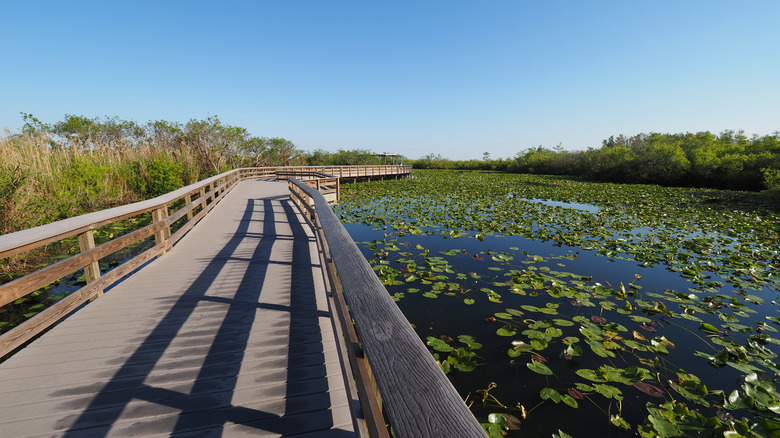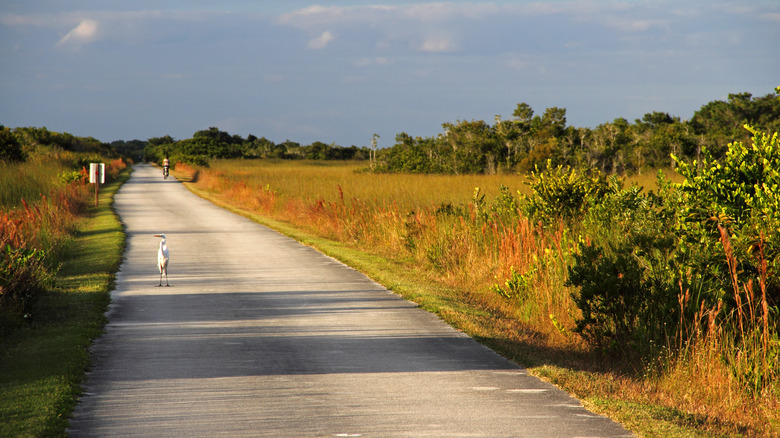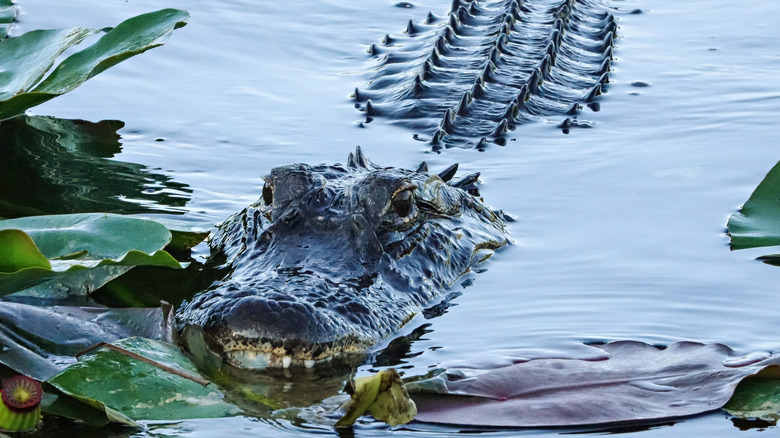The Florida Everglades are a fascinating ecosystem like no other on the planet. Nature-loving travelers flock to Everglades National Park every year to experience this unique habitat — and to see alligators. These incredible prehistoric reptiles make the Florida Everglades their home, so if you’re hoping to catch a glimpse of one, there’s no better destination. Some, desperate to see an alligator on their Florida vacation, look for places calling themselves alligator farms and parks so that they have a guarantee of seeing one, but, unfortunately, these are tourist traps with abusive practices. If you go to the right places in the Everglades, however, you are almost guaranteed to see these incredible animals in their natural habitats.
Although Florida is known for its balmy beaches, summertime is not the best time to visit if you want to see alligators. In the winter, there are fewer places for animals who like to hang out in the water to go, which means that many, many animals gather together in areas of the park where the water level is still high. This gives visitors the opportunity to see a lot more of the Everglades wildlife than they would in any other time or place.
Anhinga Trail

Anhinga Trail is one of the best places to see the many creatures that make the Florida Everglades their home, and it might be the best spot in the world to see alligators in their natural habitat. The name of this route comes from the anhinga bird, which anyone walking here will certainly see many of, but it could just as easily be called Alligator Trail. There are so many of these beautiful reptiles around this trail that many visitors see their first one as soon as they walk out of the parking lot.
This is a short trail, less than a mile in total. You can leave from the Royal Palm Visitor Center and walk the entire length of this trail in about 15 minutes if you want to — though you’ll probably take a lot longer if you stop and watch the animals, which is the entire point of the journey.
Shark Valley

While its name might make you think you’re going to see great whites and hammerheads, Shark Valley makes it easy and fun to see an entirely different underwater hunter: alligators. When you arrive, you can stop by either the Shark Valley or Ernest Coe visitor center, where park rangers will be happy to supply you with a map of the park and circle the best spots for seeing alligators. From there, you’ll want to follow a 15-mile round-trip trail through Shark Valley. There, you should see dozens of alligators basking in the sun or waiting patiently in the water for prey.
If you’re up for the exercise, you can absolutely walk this trail. However, it is paved, which makes it easy for cyclists to ride their bikes along the route and stop whenever they see an alligator — something that is very likely to happen many times on your journey. There are even bikes available to rent in the park. If you’d rather have a bit more expert guidance and a little less effort, you can also take a tram tour of this trail, which is led by a naturalist who can point out alligators and teach you about their lives in the Everglades.

